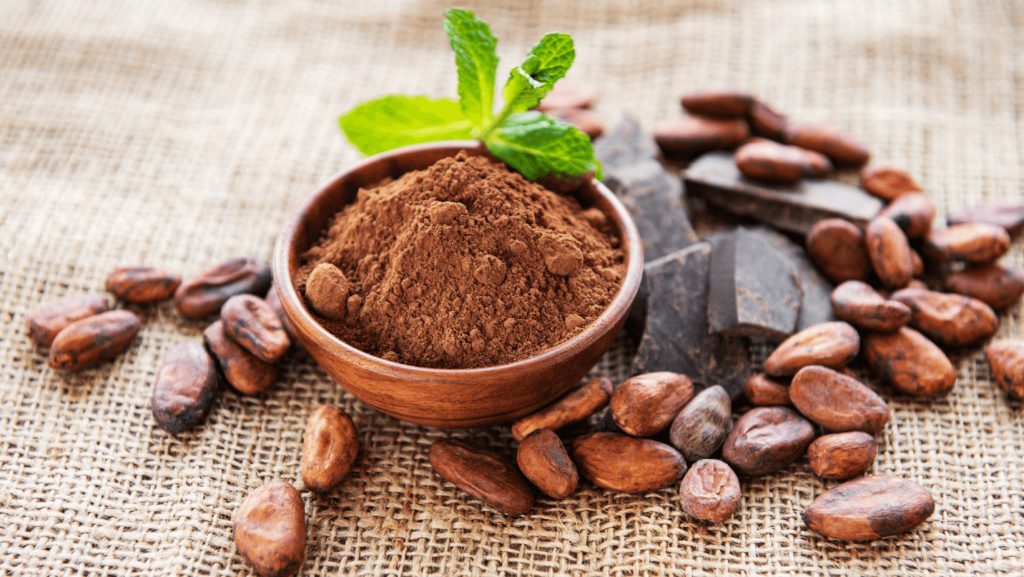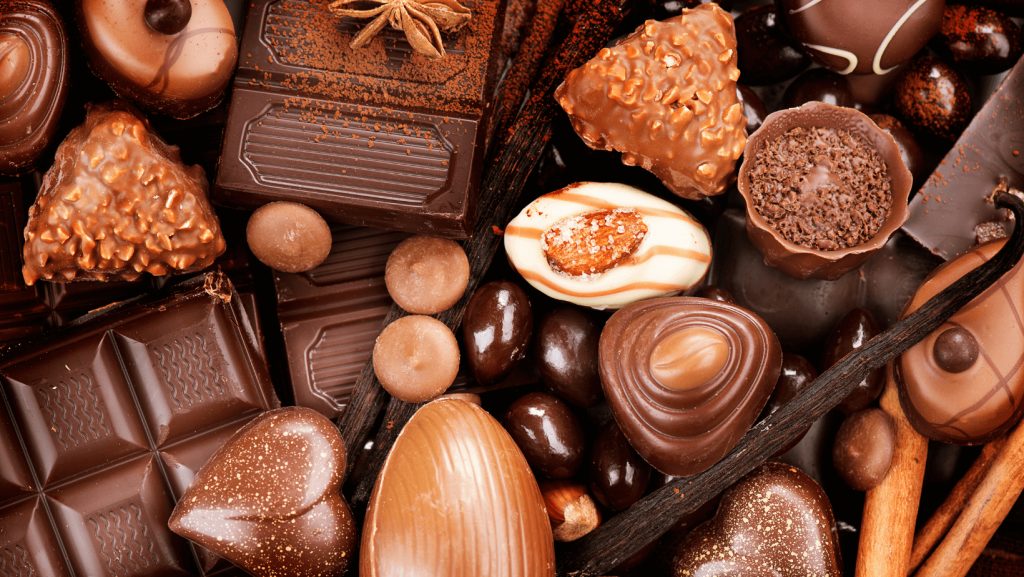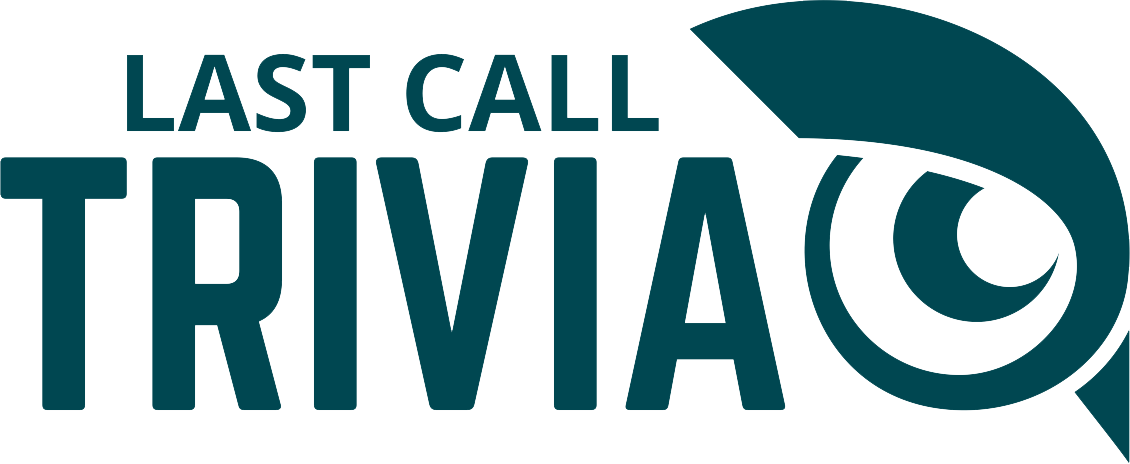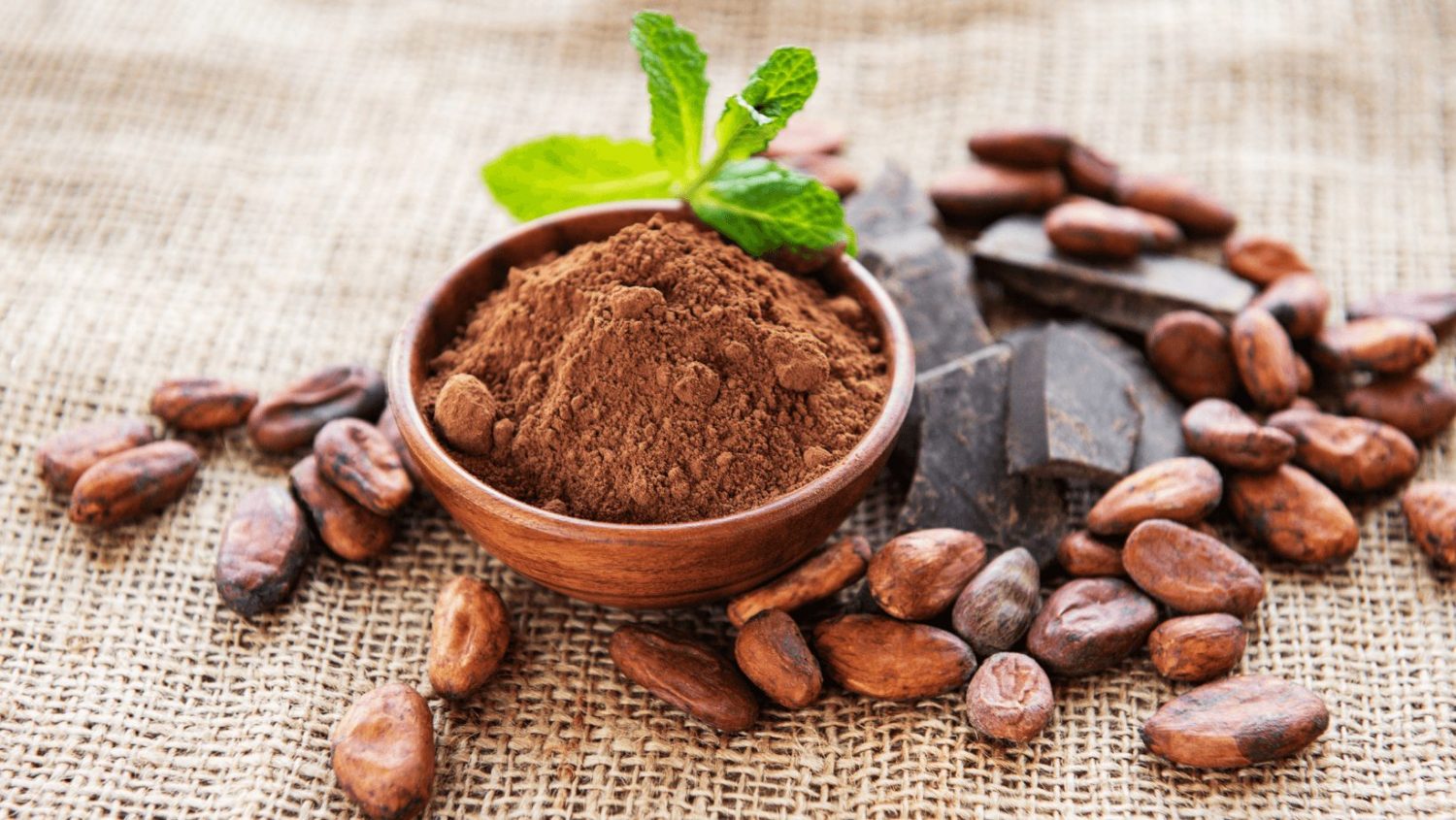
Early Use Of Chocolate
Chocolate is made from the fruit of cacao trees, which are native to Central and South America. The cacao tree was cultivated more than 3,000 years ago by the Maya, Toltec, and Aztec peoples. While the food is now often associated with a sweet taste, its earliest forms had a much different flavor.
Ancient Olmec pots and vessels from around 1500 B.C. were discovered with traces of theobromine, a stimulant compound found in chocolate. This evidence suggests that the Olmecs used cacao to create a ceremonial drink. These drinks would have been bitter in flavor, as unsweetened cacao has a bitter taste similar to espresso beans.
It’s believed that the Olmecs passed their cacao knowledge on to the Central American Mayans. According to written Mayan history, they had a great reverence for chocolate, and drinks made with it were often used in celebrations and to finalize important transactions. The Aztecs took their love for chocolate even further, considering cacao beans more valuable than gold. As with other food and beverages throughout history, cacao beans were often used as a form of currency.

Sweetening The Treat
There are conflicting reports on how chocolate first made its way to Europe. But it is generally agreed that it first arrived in Spain at some point in the 1500s. By the late 1500s and into the 1600s, demand had exploded across Europe.
But Europeans weren’t as fond of the traditional Central American drink recipes. They developed their own varieties of hot chocolate, made with cane sugar, cinnamon, and other common spices. Soon, “chocolate houses” became fashionable places for the wealthy to enjoy the newly sweetened delicacy in London, Amsterdam, and other major European cities.
From there, the popular treat made its way back to the Americas. It’s believed that the first American chocolate house opened in Boston in 1682. By the time of the Revolutionary War, cacao beans were a major American colony import and chocolate was enjoyed by people of all classes. The food even had a callback to its earlier roots during the Revolutionary War, as it was given to the American military as rations and sometimes given to the soldiers as payment.

Chocolate Revolution
Up until the mid-19th century, the treat was primarily enjoyed as a beverage. But in 1847, British chocolatier J.S. Fry and Sons created the first chocolate bar. The revolutionary confection was molded from a paste made of sugar, chocolate liquor, and cocoa butter.
Several decades later, milk chocolate was invented in Switzerland by Daniel Peter in 1876. He had been toying with his recipe for years before finally landing on the key ingredient – condensed milk. A few years later, he began working with his friend Henri Nestle. Together, they brought the new candy to the mass market.
Another essential breakthrough for the treat happened around the same time. Previously, solid chocolate had been considered hard to chew. In 1879, another Swiss chocolatier, Rudolf Lindt, invented the conch machine. This mixed and aerated the chocolate, giving it a smooth, melt-in-your-mouth consistency that blended well with other ingredients. By the end of the 19th century, companies like Cadbury, Mars, Nestle, and Hershey were capitalizing on the recent advancements, mass-producing a variety of chocolate confections to meet the growing demand for the sweet treat.

